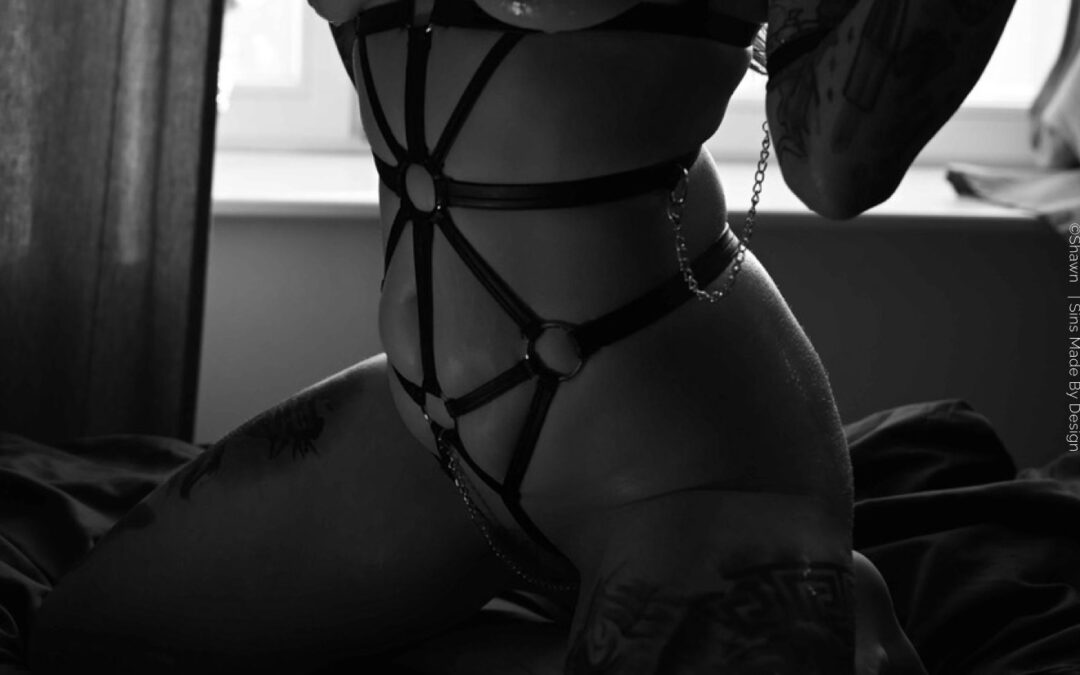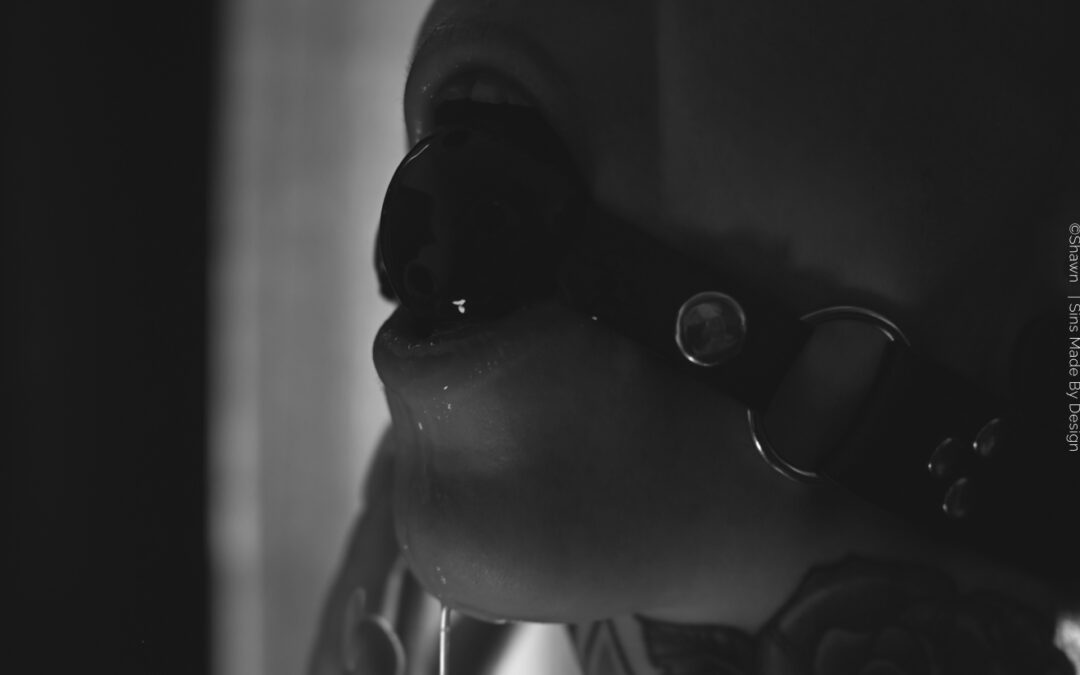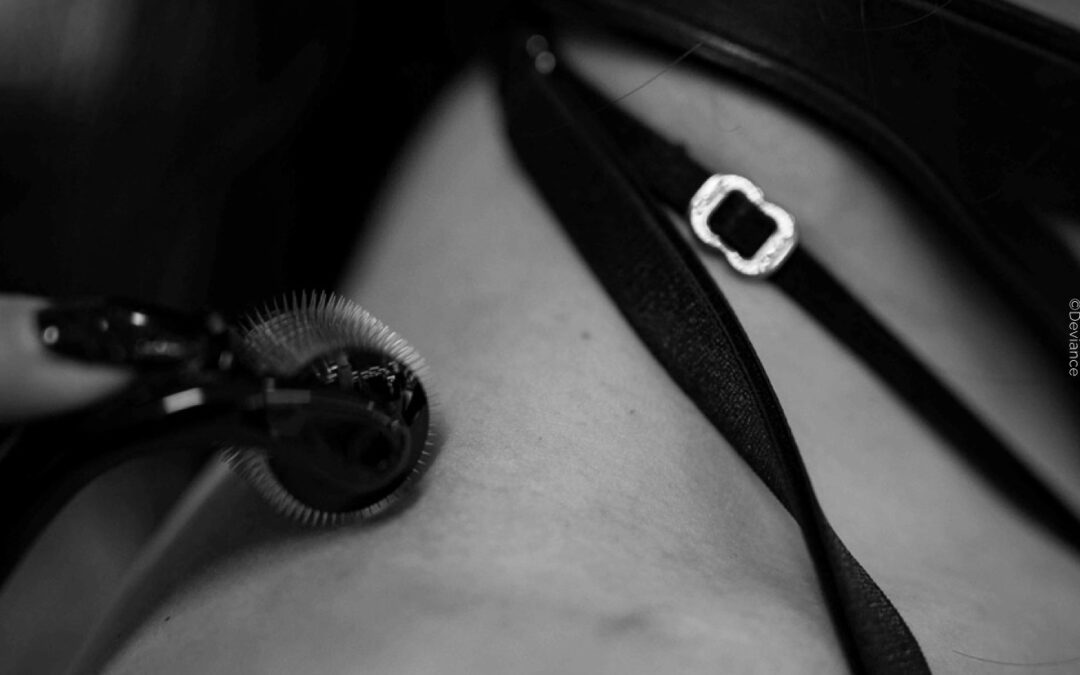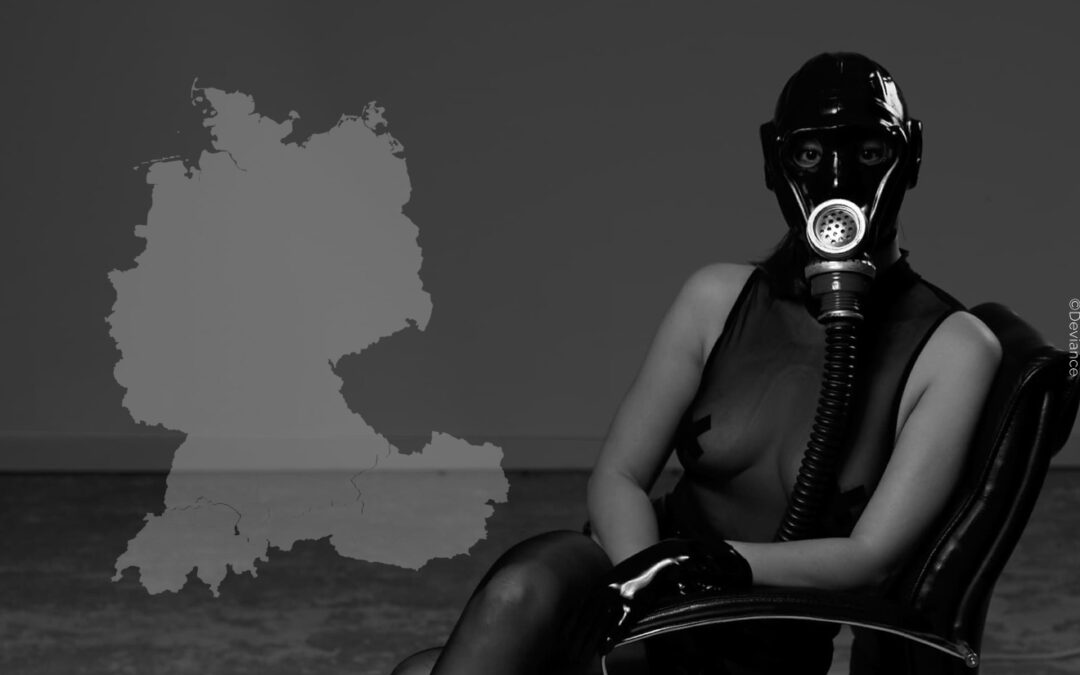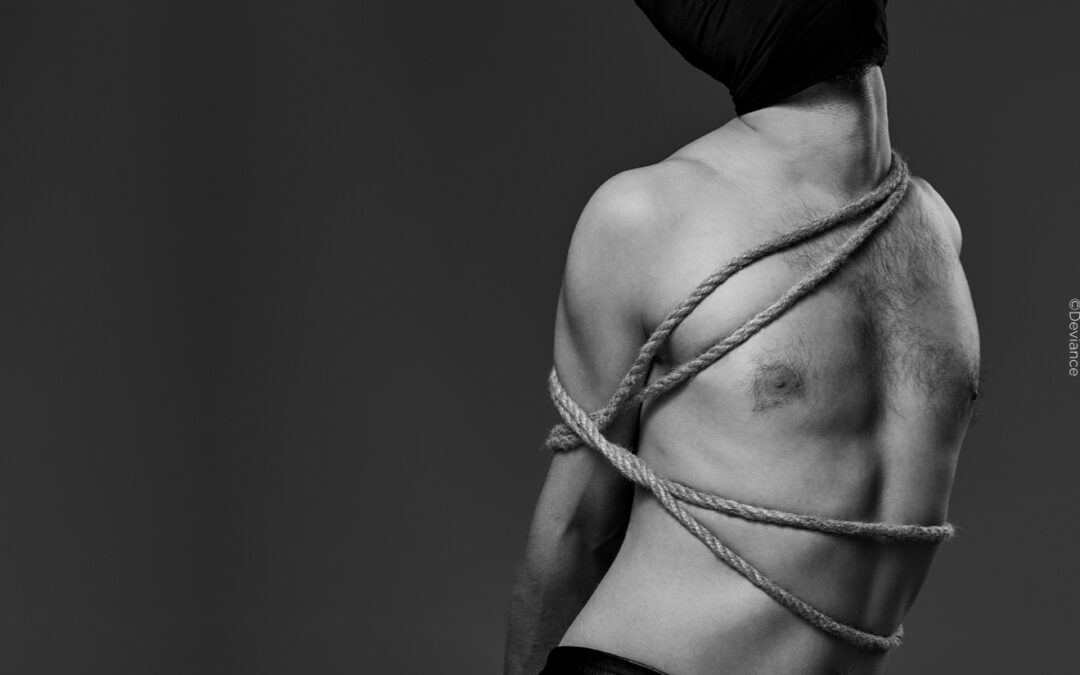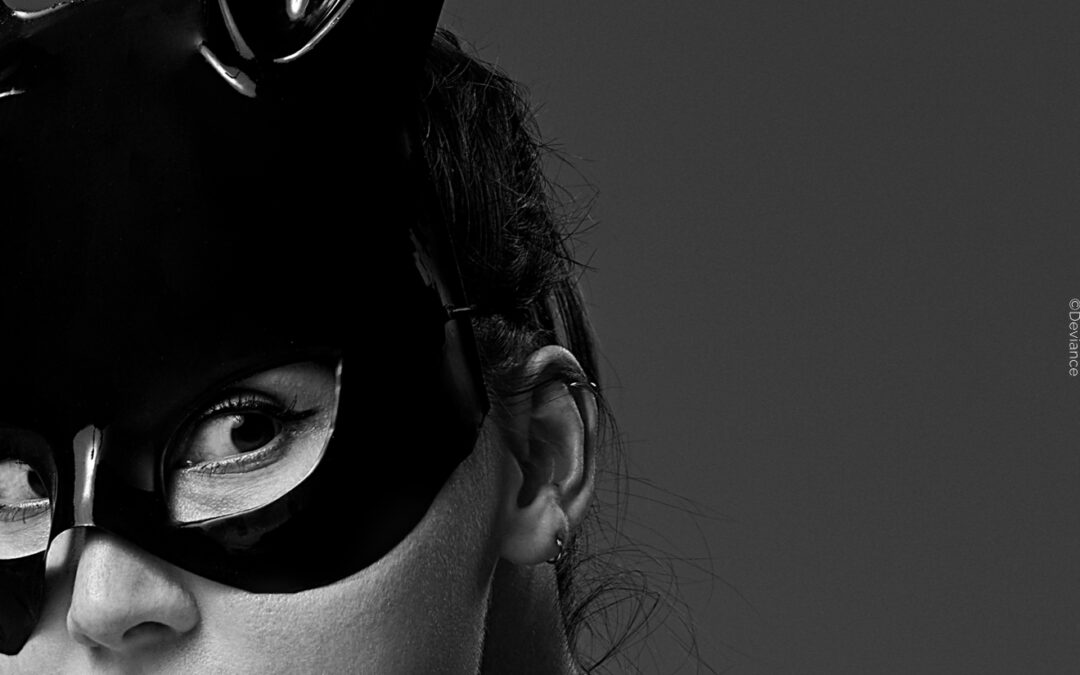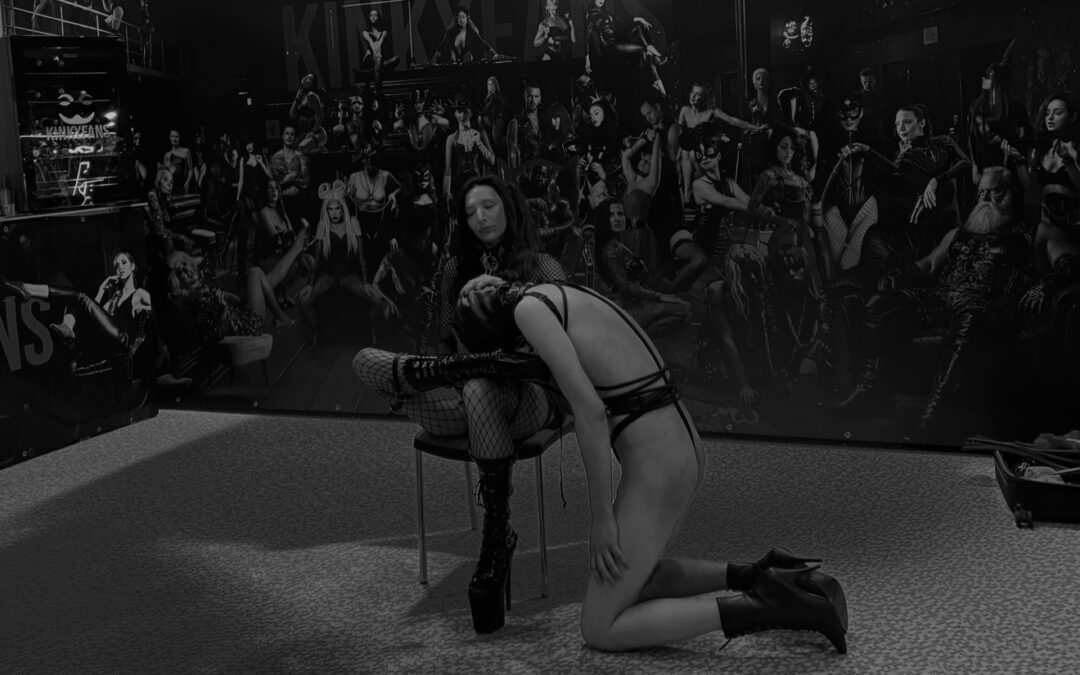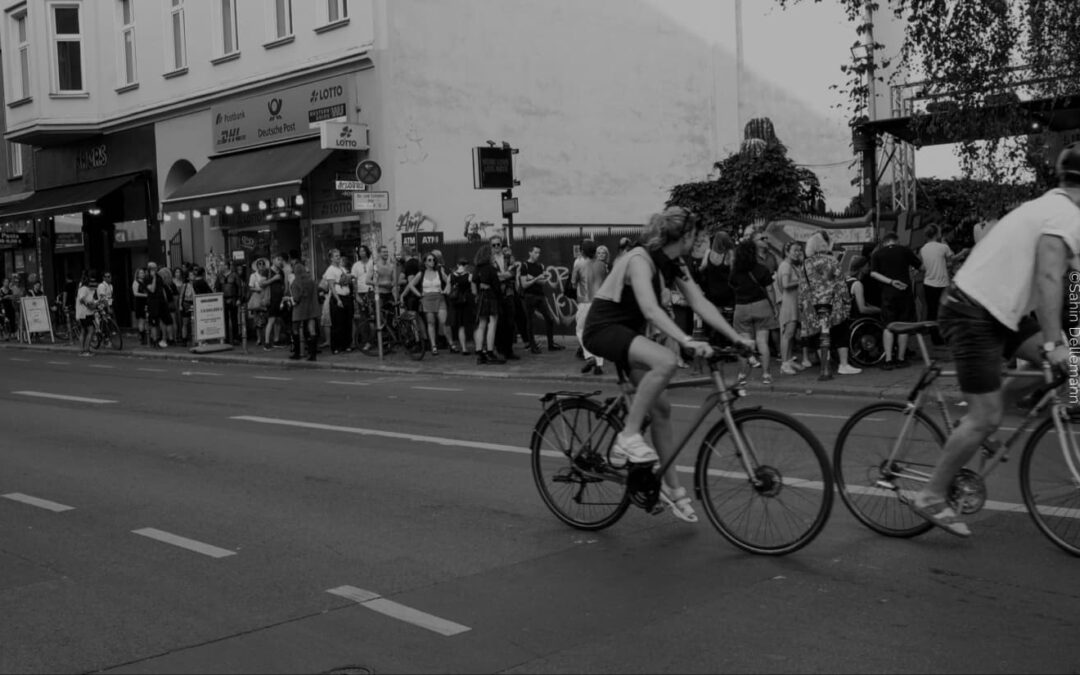What is the Hanky Code?
The Hanky Code is a color-based “semiotic code” used mostly within the LGBTQ+ community for discreet communication. “Hanky” is short for “handkerchief.” Sexual preferences are signaled by wearing a bandana or cloth handkerchief in a specific color and/or pattern.
Active parts, also called Tops, wear it on the left, while Bottoms wear it on the right. Wearing the handkerchief around the neck indicates openness to both sides, which could also be described as being a Switch. In the gay scene, it is traditionally worn in the back pocket, while lesbians or female-identifying individuals might also wear it on their handbag, around the wrist, or in the breast pocket.
Why use the Hanky Code?
Since the meaning of the handkerchiefs is not known to outsiders, the Hanky Code was and still is a secret and safe means of communication for a community that has long been persecuted and discriminated against. However, it is not only about safety but also about sexual interaction and effective partner searching, as a hanky allows people to immediately recognize if they share the same preferences.
This type of communication was particularly widespread until the early 2000s, but has lost much of its importance due to the rise of online dating.
The basics of handkerchiefs
For a long time, the hanky code was an integral part of the party and club scene in the USA and Europe, but over time it has spread to almost all parts of the world. Today, the hanky code is so differentiated that not only colors but also patterns have so many specifications that many have lost track.
Sometimes it is a little confusing what is meant by worn on the right or left. In oral sex, for example, left means “I want to be spoiled”, even if “left”, i.e. “active”, can be interpreted as “I want to give”. In addition, there are often regional differences in the meaning of the hanky, sometimes even from place to place. It is therefore not possible to create a final or definitive glossary. You can find an overview of the most important codes here.

Tracing its origins: The beginnings in the Wild West
The hanky cloth has its origins in the 19th century in the Wild West, where it was worn by cowboys, engine drivers and miners to indicate membership of the various professional groups. When there were too few ladies square dancing in San Francisco, men who could also dance the female steps signaled their readiness by wearing scarves on the left or right. These are the theories as to where the influences may have come from.
Until around 1970, the so-called “key code”, in which a key is worn in the belt loop, became established as a sign for homosexuals. Even then, a key worn on the left indicated “top” and one worn on the right “bottom”. In the 1970s, this developed into the hanky code, which was used by the jeans and leather scene.
In 1975, Time Magazine reported on the use of the Hanky Code in the leather scene and published a table of its meanings. At the same time, the sexual revolution following the Stonewall Riots led to a period of sexual freedom. However, during the Aids pandemic, the Hanky Code gained even more significance. Handkerchiefs were added to indicate infection status and a preference for safer sex. Instead of a limitation, safer sex was now perceived as a positive choice.
Nowadays, homosexuality is less stigmatized in many parts of the world and there is a huge range of platforms for people to get to know each other and share their preferences. As a result, and also due to its complexity, the hanky code is now more of a relic than a current means of communication. However, it is still widespread in the BDSM and fetish scene and is still used for certain aspects at parties and events.
